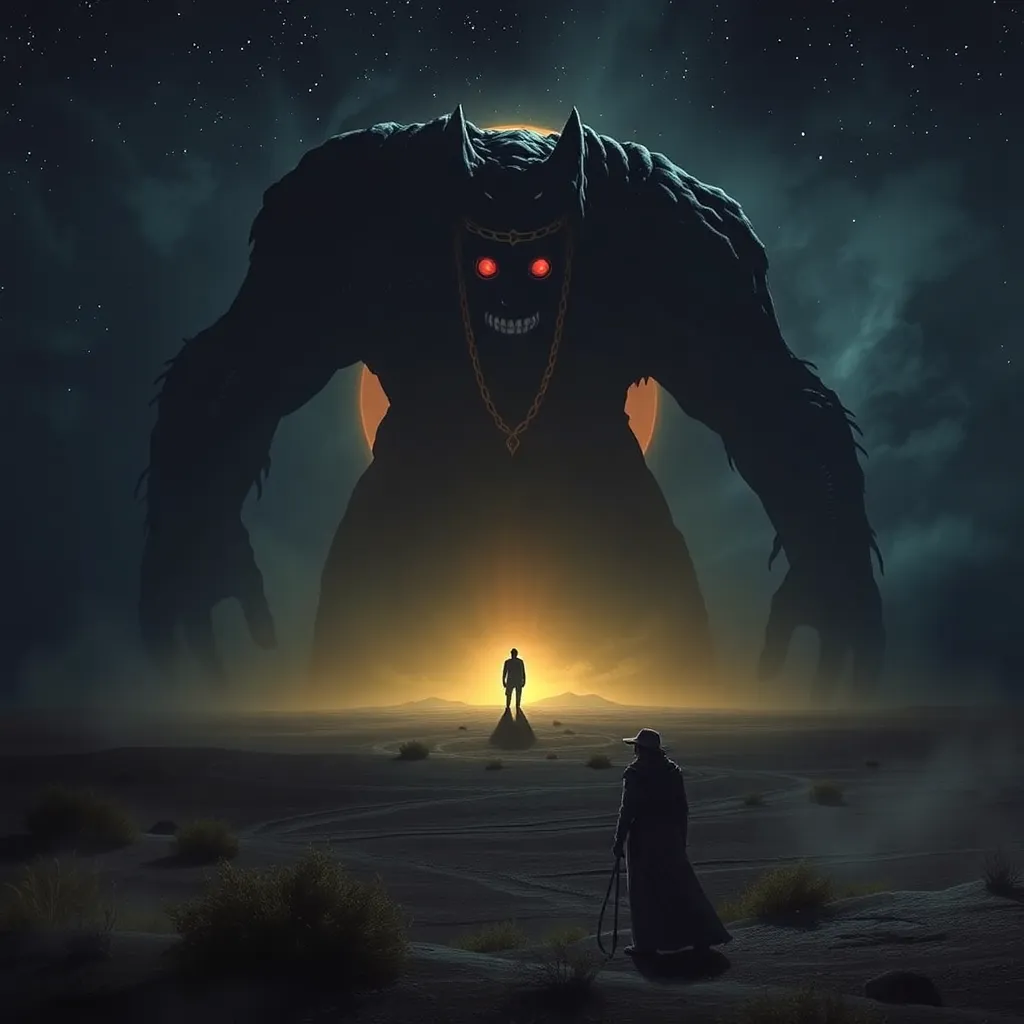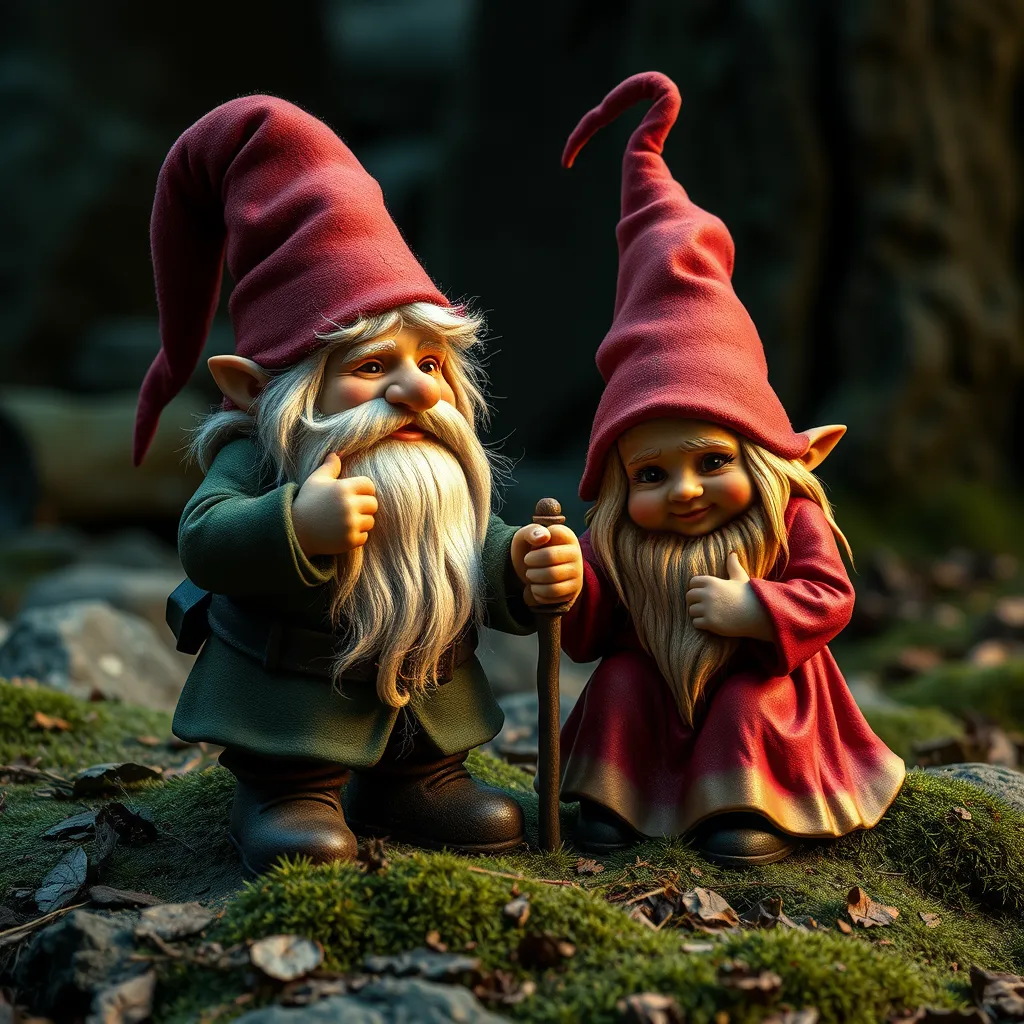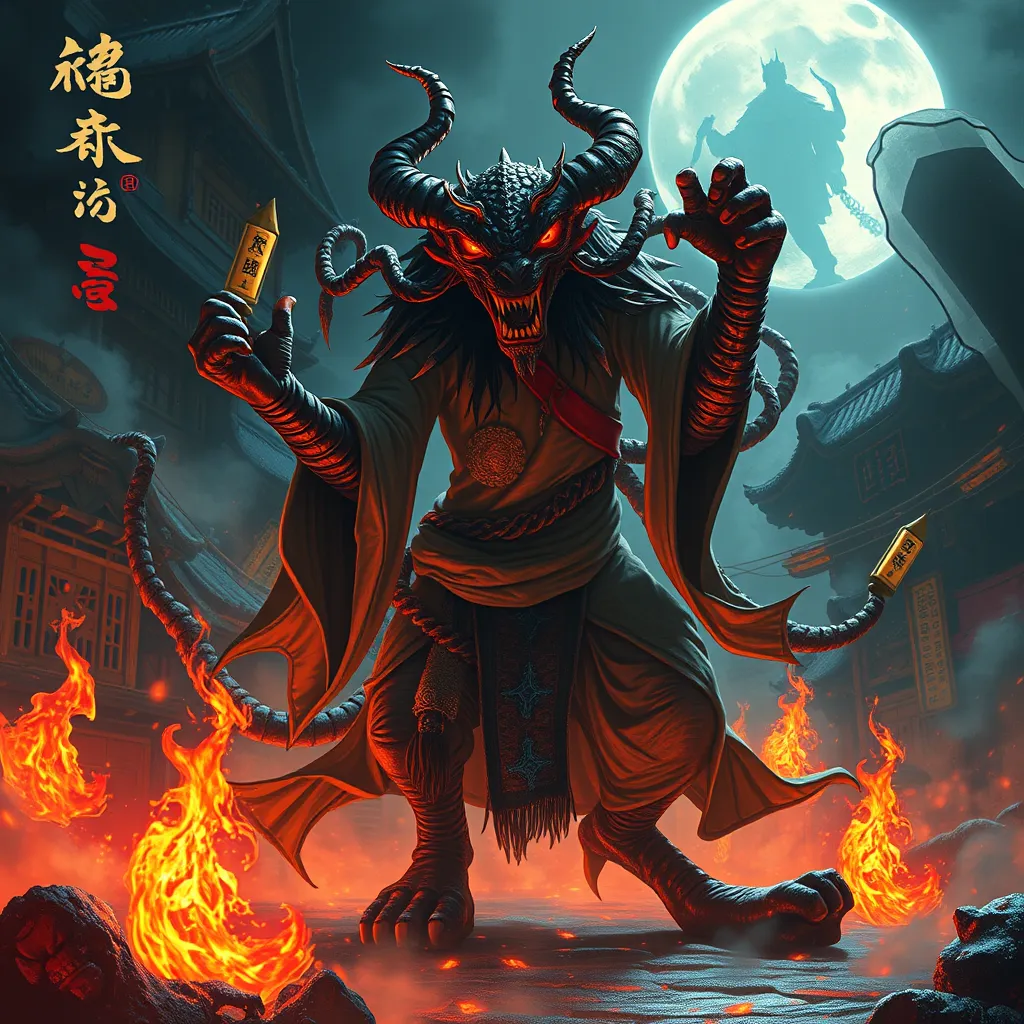Celestial Beings in African Mythologies: A Diverse Tapestry of Gods
I. Introduction
Celestial beings in African mythologies refer to the gods, goddesses, and spiritual entities that inhabit the vast and varied spiritual landscapes across the continent. These beings are often associated with natural phenomena, human experiences, and the cosmos. They hold immense significance in the cultural narratives, rituals, and everyday lives of millions across Africa.
Exploring African mythologies is crucial for understanding the rich tapestry of beliefs and practices that shape the identity of various communities. This article will delve into the concept of deities in African cultures, highlight major pantheons, discuss creation myths, and examine the relationship between celestial beings and humanity.
The structure of the article will unfold as follows: we will first discuss the concept of deities, then explore major pantheons, creation myths, the interplay between celestial beings and humanity, regional variations, and finally, the contemporary relevance of these ancient beliefs.
II. The Concept of Deities in African Cultures
A. Understanding the role of gods and goddesses
In many African cultures, gods and goddesses are seen as powerful entities that govern various aspects of life. They are often personifications of natural elements, such as the sun, moon, rivers, and mountains. These deities are believed to influence human affairs, providing guidance, protection, and blessings.
B. The relationship between celestial beings and nature
Celestial beings are intrinsically linked to nature in African mythologies. For instance, many deities personify natural forces and phenomena. This connection emphasizes the profound respect for nature and the environment inherent in African spiritual beliefs. The cyclical patterns of the seasons, agricultural cycles, and celestial events often dictate worship and rituals dedicated to these beings.
C. The significance of ancestor worship
In addition to celestial deities, ancestor worship forms a crucial aspect of African spirituality. Ancestors are revered as spiritual guides who maintain a connection between the living and the spiritual realm. They are often invoked in rituals, and their blessings are sought for protection and guidance.
III. Major Pantheons Across the Continent
A. Overview of key pantheons in different regions (e.g., Yoruba, Zulu, Akan)
Africa is home to numerous pantheons, each unique to specific cultures and regions. Notable examples include:
- Yoruba Pantheon: Predominantly found in Nigeria, it features deities known as Orishas, such as Shango (god of thunder) and Oshun (goddess of fertility).
- Zulu Pantheon: Central to Zulu culture in South Africa, this includes Unkulunkulu, the creator god and ancestor of humankind.
- Akan Pantheon: Found in Ghana, notable deities include Nyame (the sky god) and Asase Yaa (goddess of the earth).
B. Characteristics and themes of each pantheon
Each pantheon reflects the values and beliefs of its culture:
- The Yoruba pantheon emphasizes balance, morality, and the duality of nature.
- The Zulu pantheon highlights the importance of community, harmony, and respect for ancestors.
- The Akan pantheon focuses on the interconnectedness of life, reverence for the earth, and the significance of wisdom.
C. Notable deities and their attributes
Some notable deities and their attributes include:
- Shango: Yoruba god of thunder and lightning, representing power and masculinity.
- Oshun: Yoruba goddess of love and fertility, symbolizing beauty and compassion.
- Unkulunkulu: Zulu creator god, embodying wisdom and the genesis of humanity.
IV. Creation Myths and Celestial Origins
A. Common themes in creation stories
Creation myths across African cultures often share common themes, including the emergence of the universe from chaos, the role of celestial beings in shaping the earth, and the establishment of humanity’s place within creation.
B. Key figures involved in the creation of the universe
Prominent figures in these narratives include:
- Nyame: In Akan mythology, Nyame is the supreme god who created the world and everything in it.
- Olorun: In Yoruba belief, Olorun is the source of all life, overseeing the cosmos from the heavens.
C. Symbolism of celestial beings in these narratives
Celestial beings often symbolize fundamental concepts such as:
- The cycle of life and death
- The balance between chaos and order
- The connection between the spiritual and the physical realms
V. The Interplay Between Celestial Beings and Humanity
A. How gods interact with humans in African myths
In African myths, celestial beings often interact with humanity through divine messages, visions, and physical manifestations. They may guide, test, or challenge humans, reflecting the complexities of the divine-human relationship.
B. Rituals and practices to honor celestial beings
Rituals play a vital role in honoring celestial beings, including:
- Offerings of food and incense
- Prayers and songs
- Ceremonial dances and festivals
C. Stories of divine intervention and guidance
Numerous tales illustrate divine intervention, where gods provide critical assistance during times of need or crisis, reinforcing the belief in their active presence in human affairs.
VI. Regional Variations and Unique Deities
A. Exploration of lesser-known deities in specific cultures
Beyond the well-known pantheons, Africa is home to a multitude of lesser-known deities. For example:
- Legba: A trickster god in Vodou, associated with communication and the crossroads.
- Mbombo: In the Kongo tradition, he is a creator god who emerged from the primordial waters.
B. Influence of geography and environment on deity characteristics
The characteristics of deities often reflect the environment in which they are worshipped. For instance, river deities may be associated with fertility and abundance, while desert gods may embody resilience and survival.
C. Comparative analysis of similar deities across different mythologies
Many African deities share similarities with those from other cultures, revealing universal themes in mythology. For example, the concept of a trickster figure is prevalent in both African and Native American mythologies, demonstrating shared human experiences and archetypes.
VII. Contemporary Relevance of African Celestial Beings
A. Revival of interest in African mythologies in modern culture
There has been a resurgence of interest in African mythologies in recent years, seen in literature, film, and art. This revival emphasizes the relevance of these ancient narratives in contemporary society.
B. The role of celestial beings in contemporary spiritual practices
Many individuals and communities continue to incorporate celestial beings into their spiritual practices, seeking guidance, protection, and connection to their heritage.
C. Influence on art, literature, and global culture
African celestial beings have inspired countless artists, writers, and musicians, influencing global culture. Themes from African mythology can be found in popular films, novels, and visual arts, enriching the cultural tapestry of humanity.
VIII. Conclusion
The diversity and richness of African celestial beings reflect the profound spiritual heritage of the continent. These deities embody complex relationships between nature, humanity, and the cosmos, offering insights into the values and beliefs of various cultures.
Preserving and celebrating these mythologies is essential, as they provide a deeper understanding of human experience and identity. We invite everyone to explore and appreciate the intricate narratives that shape African cultural heritage and its celestial dimensions.



